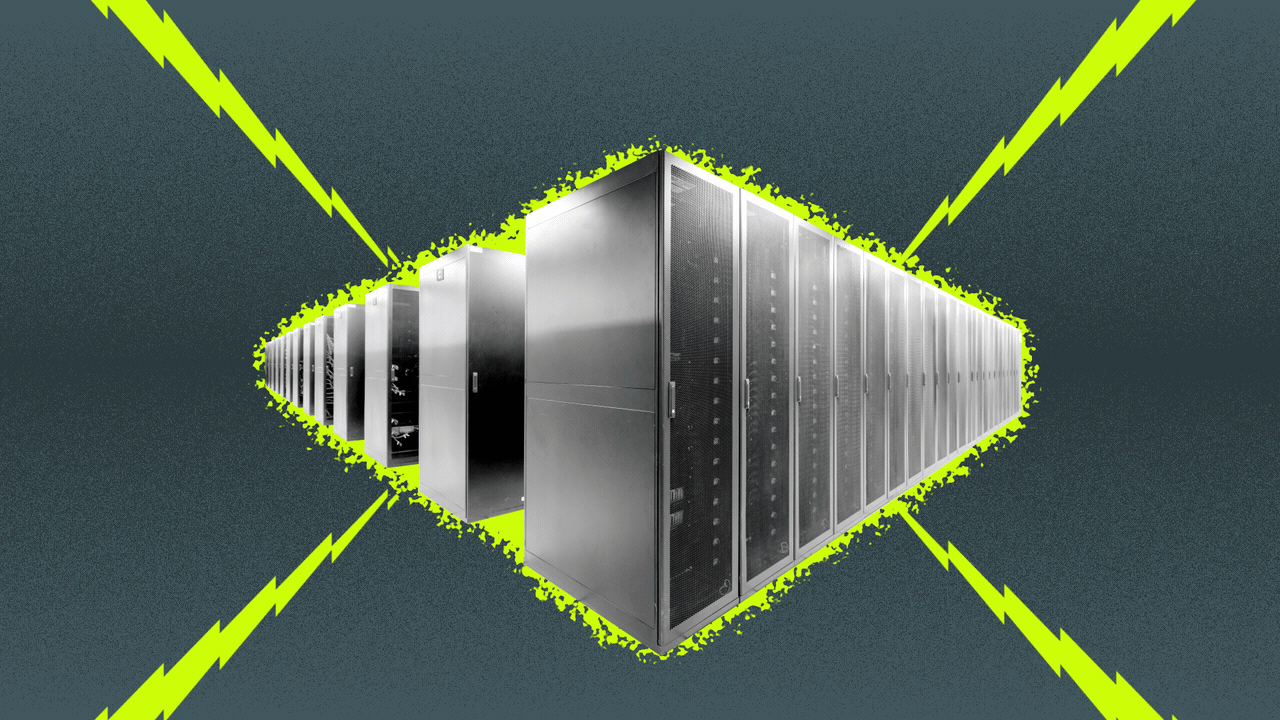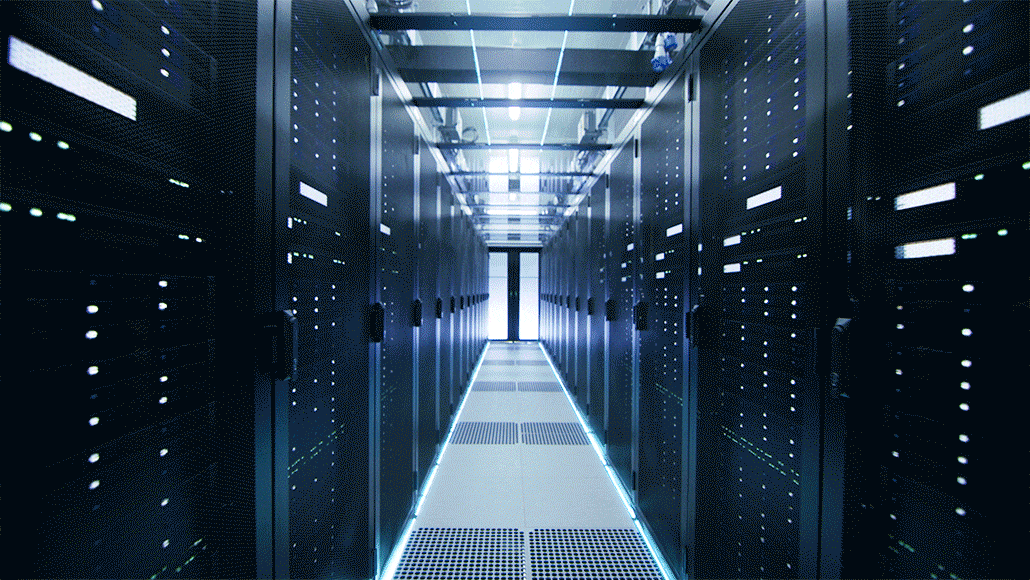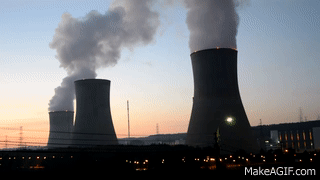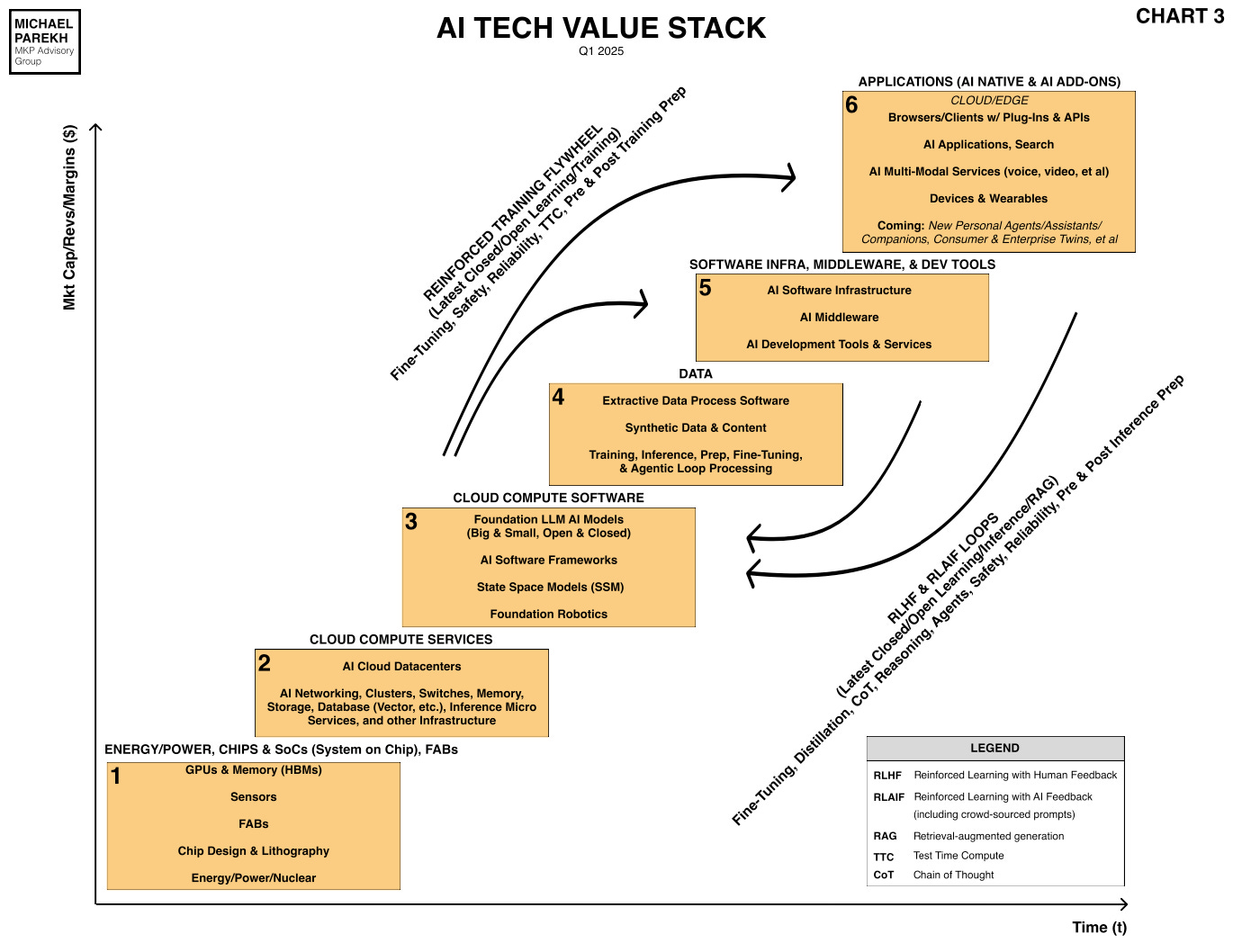
AI: An Update on Global AI Power Demands by the IEA. RTZ #686
Power for self driving EVs and more recenty AI, have been an area of sourcing concern for some years. Growing beyond the calls for more Power by Elon Musk and others.m The red lights have been flashing for a while.
I’ve long discussed the secular, bottoms up challenges of ramping up sufficient Power for AI Data Centers for the rest of this decade and beyond.
How it’s a critical input in global short supply as a fundamental driver of generating ‘Intelligence Tokens’ as AI Scales through its various curves.
And how Power and Energy, even Nuclear, are a key part of the AI Table Stakes, accounting for big chunks of the multi hundred billion dollar AI Capex Compute bills for companies here and abroad.
It’s a critical part of the long term roadmaps of the top AI infrastructure providers like Nvidia, OpenAI, Microsoft, Meta, Google and others. And a BIG part of the capex expense.
So it’s notable that the International Energy Agency (IEA), an intergovernmental organization established in 1974 under the Organization for Economic Development and Cooperation (OECD) by 29 industrialized countries, has a new report out on AI and Power needs globally.
The WSJ outlines their findings in “AI Boom to Fuel Surge in Data Center Energy Needs, IEA Says”:
“The global push for artificial intelligence is poised to fuel a sharp rise in electricity demand, with consumption from data centers expected to more than double by the end of the decade, according to the International Energy Agency.”
“By 2030, data centers will require slightly more energy than Japan consumes today, with demand for AI-optimized facilities alone set to quadruple, the Paris-based agency predicts.”
The numbers are big for now, driven by the current ramps in AI Scaling:
“The rise of AI has huge implications for energy,” the IEA said Thursday in its latest report. An AI-focused data center typically consumes as much electricity as 100,000 households, but some of the largest ones currently under construction will consume 20 times more as much.”
“The U.S. is set to capture the largest share of this projected surge, with data centers accounting for nearly half of its electricity demand growth through 2030. By the end of the decade, the country is expected to consume more electricity for AI-driven data processing than for the production of aluminium, steel, cement and chemicals combined.”
And our current builds are not as efficient as they need to be:
“However, 50% of data centers under development in the U.S. are in pre-existing large clusters, potentially raising risks of local bottlenecks.”
“AI-focused data centres can draw as much electricity as power-intensive factories such as aluminium smelters, but they are much more geographically concentrated,” the IEA said. Today, nearly half of the U.S.’s data center capacity is located in five regional clusters.”
And the numbers are daunting globally. as AI Scales:
“In other advanced economies, data centers are projected to drive more than 20% of electricity demand growth between now and 2030. But globally, they will account for less than 10% of the increase in electricity consumption.”
“Last year, data centers consumed roughly 1.5% of the world’s electricity–equating to around 415 terawatt-hours–with the U.S. accounting for the largest share, followed by China and Europe. Since 2017, global electricity usage by data centers has grown by around 12% annually, more than four times the rate of overall electricity consumption, the report found.”
“To meet rising demand, a diverse mix of energy sources will be tapped. Renewables and natural gas are expected to play a leading role, but emerging technologies such as small modular nuclear reactors and advanced geothermal could also contribute.”
And of course there are the Climate Change impact of all this:
“Data centers are also set to be one of the fastest-growing sources of emissions, with their electricity-related emissions expected to rise to 300 million tons by 2035 from 180 million tons today.”
And cautionary notes beind sounded, with The Guardian being an example:
“These uses could offset some of the massive demands that AI will place on the world’s energy systems. But that is likely to require greater direction from governments, the IEA report found. Left alone, the rapid growth of AI could prove a severe problem for energy systems and the environment.”
“AI has the potential to reverse all the gains made in recent years in advanced economies to reduce their energy use, mainly through efficiencies. The rapid increase in AI also means companies will seek the most readily available energy – which could come from gas plants, which were on their way out in many developed countries. In the US, the demand could even be met by coal-fired power stations being given a new lease on life, aided by Donald Trump’s enthusiasm for them.”
“Done badly, AI could also suck water from some of the world’s driest areas, an investigation by the Guardian revealed, as many AI datacentres use vast quantities of fresh water for cooling their computers.”
But there’s room for optimism:
“However, the IEA cautioned that concerns over AI accelerating climate change appear to be “overstated.” The technology could drive significant efficiencies across the energy sector, helping to reduce grid outages, supporting innovations such as driverless cars, optimizing traffic systems and harnessing fossil fuels and critical mineral resources.”
“The widespread adoption of existing AI applications could lead to emissions reductions that are far larger than emissions from data centers—but also far smaller than what is needed to address climate change,” the IEA said.”
Other assessments of the IEA report offer similar conclusions and additional nuance. Up and down the AI Tech Stack.
Overall though, the IEA report is a timely update on the Energy and Power demands of this AI Tech Wave in its early days. And a good snapshot as AI and its supply/demand dynamics morph going forward. Stay tuned.
(NOTE: The discussions here are for information purposes only, and not meant as investment advice at any time. Thanks for joining us here)













